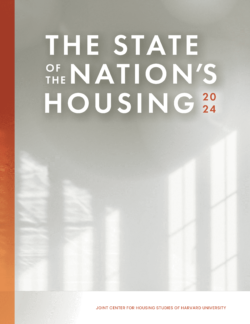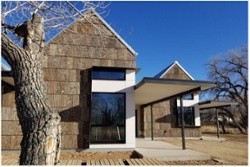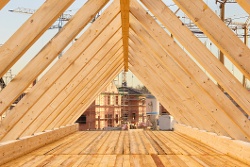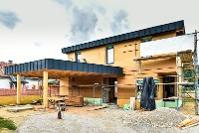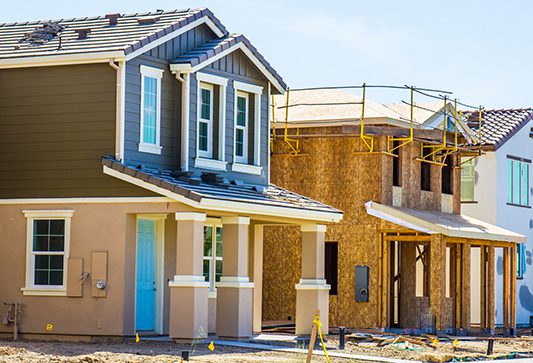
A new study from Evernest, a real estate and property management firm based in Birmingham, AL, quantifies the impact that tariffs on construction materials such as steel, copper, drywall, and lumber will have on the cost of building a new home in each state.
The study results show that tariffs are already impacting costs for materials, with prices rising from a low of $26,180 in Oklahoma to $102,400 in Hawaii.

